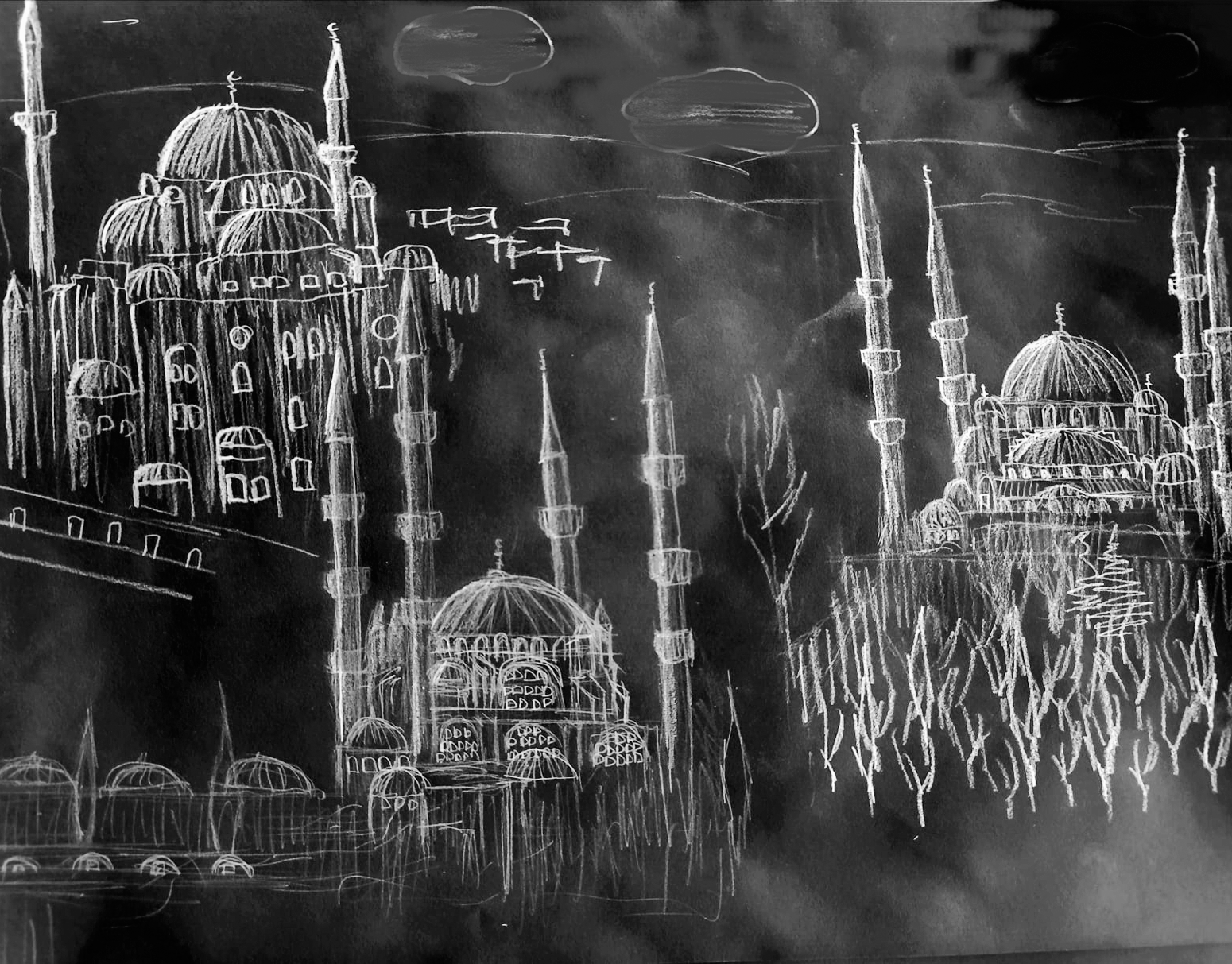
ARCHITECT SINAN MOSQUES
Great Sinan's three landmark mosques skecthes
2025

Goksu Riverside
2025

Blue Mosque, Istanbul
The Blue Mosque, officially the Sultan Ahmed Mosque (Turkish: Sultan Ahmet Camii), is an Ottoman-era historical imperial mosque located in Istanbul, Turkey. It was constructed between 1609 and 1617 during the rule of Ahmed I and remains a functioning mosque today. It also attracts a large number of tourists and is one of the most iconic and popular monuments of Ottoman architecture.[2][3]
The mosque has a classical Ottoman layout with a central dome surrounded by four semi-domes over the prayer hall. It is fronted by a large courtyard and flanked by six minarets. On the inside, it is decorated with thousands of Iznik tiles and painted floral motifs in predominantly blue colours, which give the mosque its popular name. The mosque's külliye (religious complex) includes Ahmed's tomb, a madrasa, and several other buildings in various states of preservation.
The mosque was built next to the former Hippodrome and stands across from the Hagia Sophia, another popular tourist site. The Blue Mosque was included in the UNESCO World Heritage Site list in 1985 under the name of "Historic Areas of Istanbul".
2025

SSK ZEYREK BUILDINGS
2025
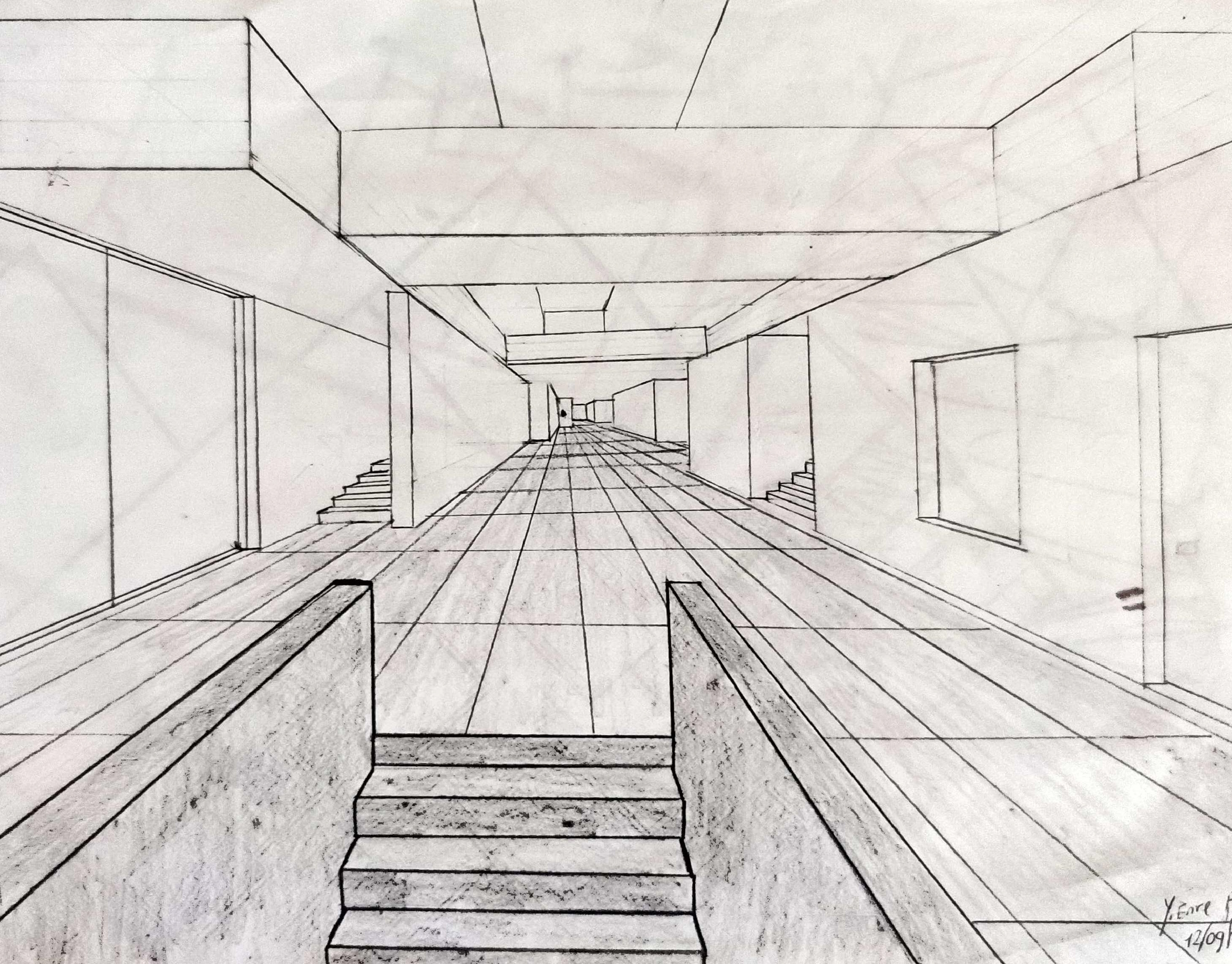
Apartment Interior
One point perspective skecthes
2025
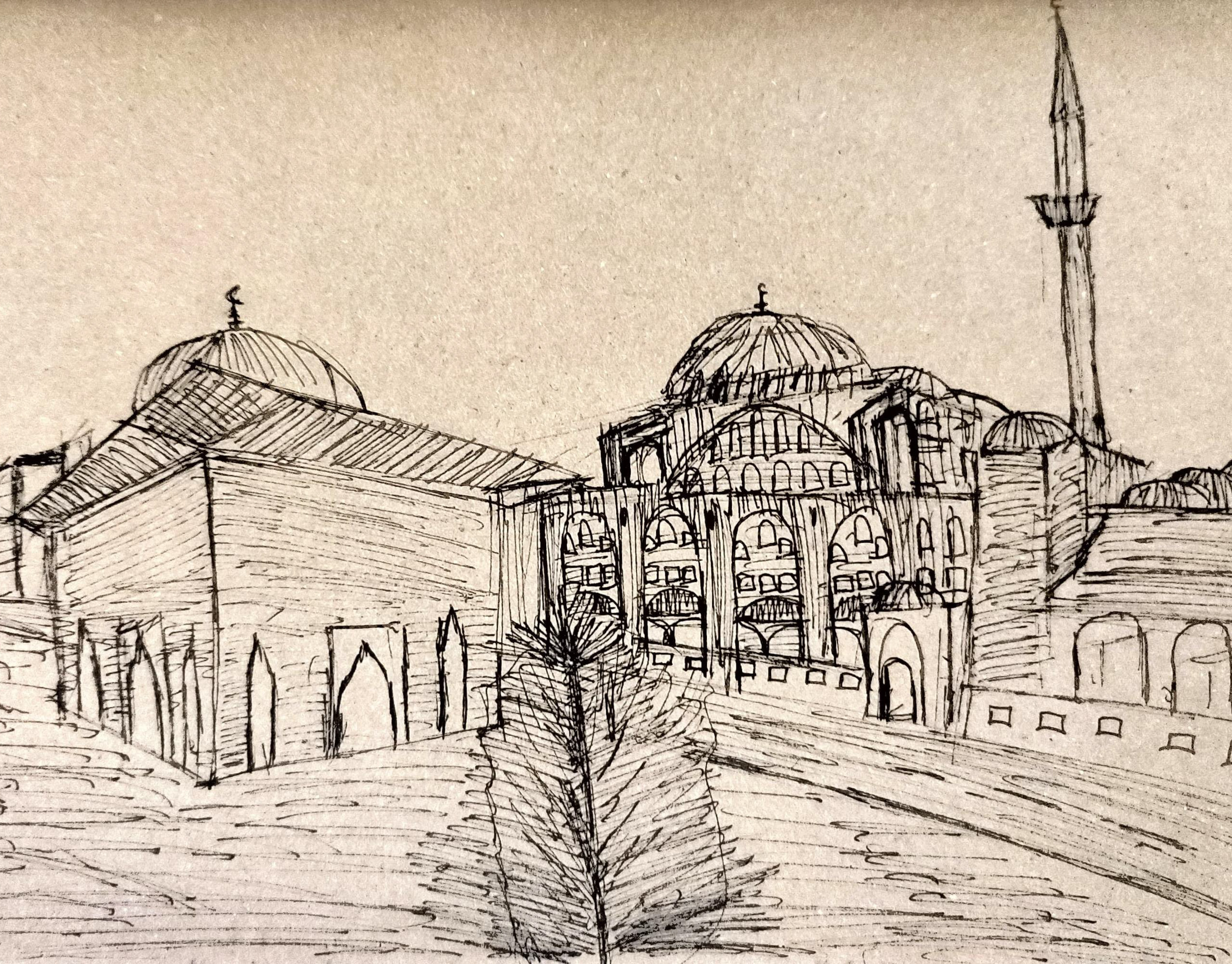
Kılıç Ali Paşa Camii (Kilic Ali Pasha Mosque)
Perhaps one of the least visited of a legendary architect Mimar Sinan’s great mosques, Kılıç Ali Paşa Camii (Kilic Ali Pasha mosque), is well worth seeking out and is particularly convenient for visitors staying in Taksim, Beyoglu, Karakoy, and Galata. Although it is now set back from the water, in the industrial port of Tophane, it was originally built ‘on the sea’
2025
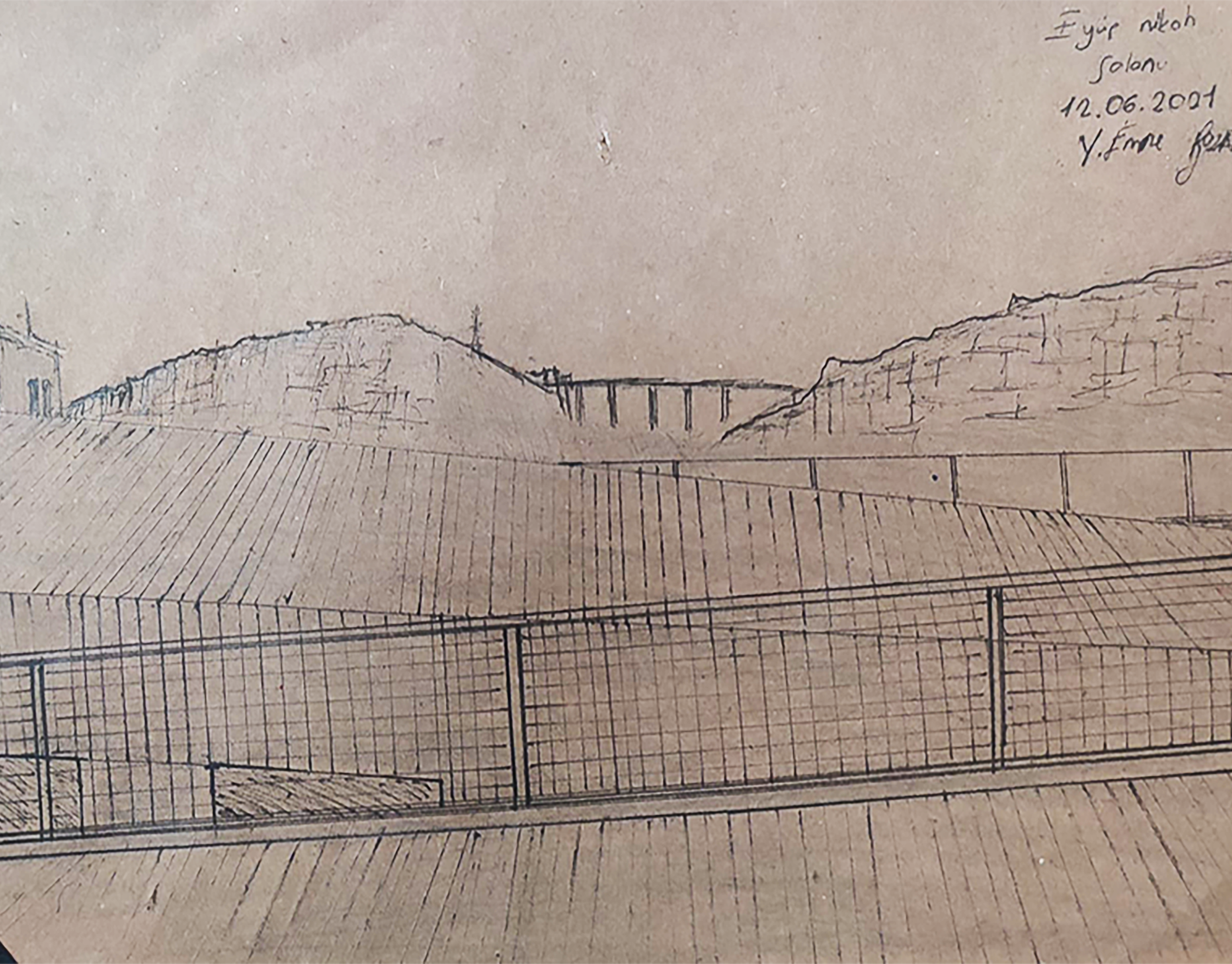
Eyüp Cultural Center and Marrıage Hall / EAA
Sketch of Eyüp Cultural Center and Marrıage Hall / EAA
2025

RIVERSIDE
2025
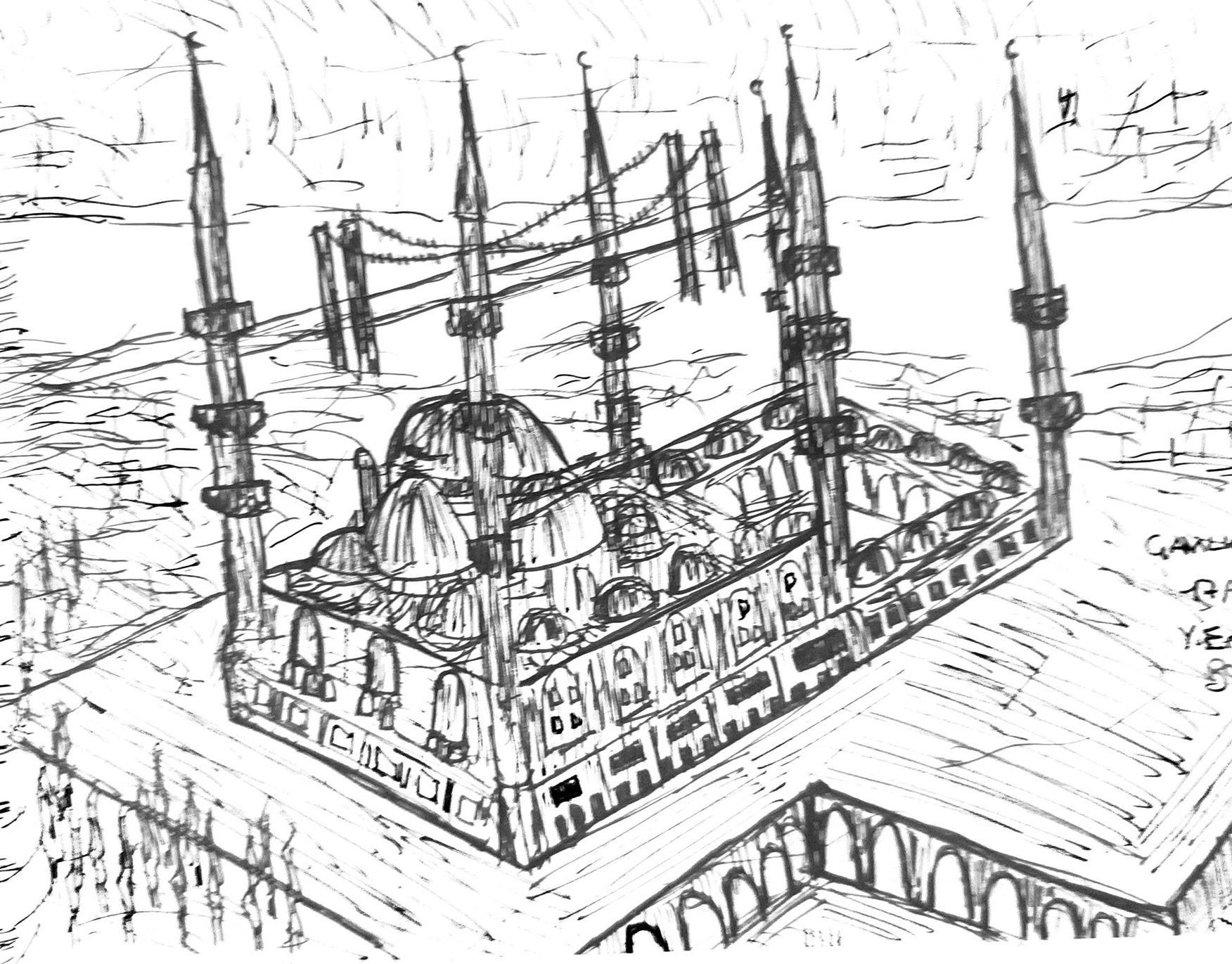
Çamlıca Mosque
Currently the largest mosque in Turkey, the Grand Çamlıca Mosque (Turkish pronunciation: [tʃamlɯdʒa], transliterated as Chamlija in English) (Turkish: Büyük Çamlıca Camii) is a landmark complex for Islamic worship which was completed and opened on 7 March 2019.[1] The mosque stands astride Çamlıca Hill in the Üsküdar district of Istanbul and is visible from much of the centre of the city. The complex incorporates an art gallery, library, and conference hall.[2] It can hold up to 63,000 worshippers at a time (can accommodate up to 100,000 people in case of an earthquake)
2025
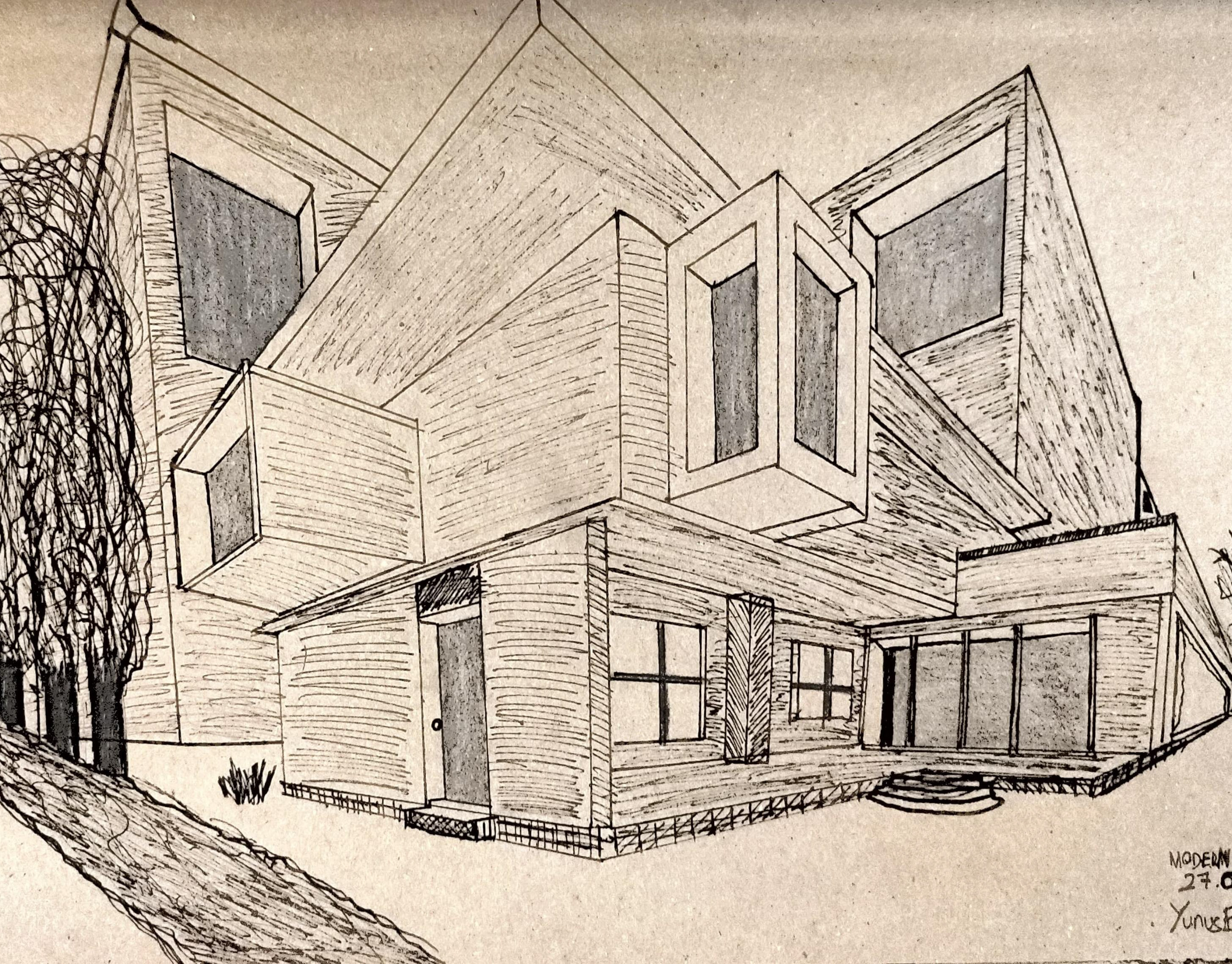
Modern Villa Sketch
2025
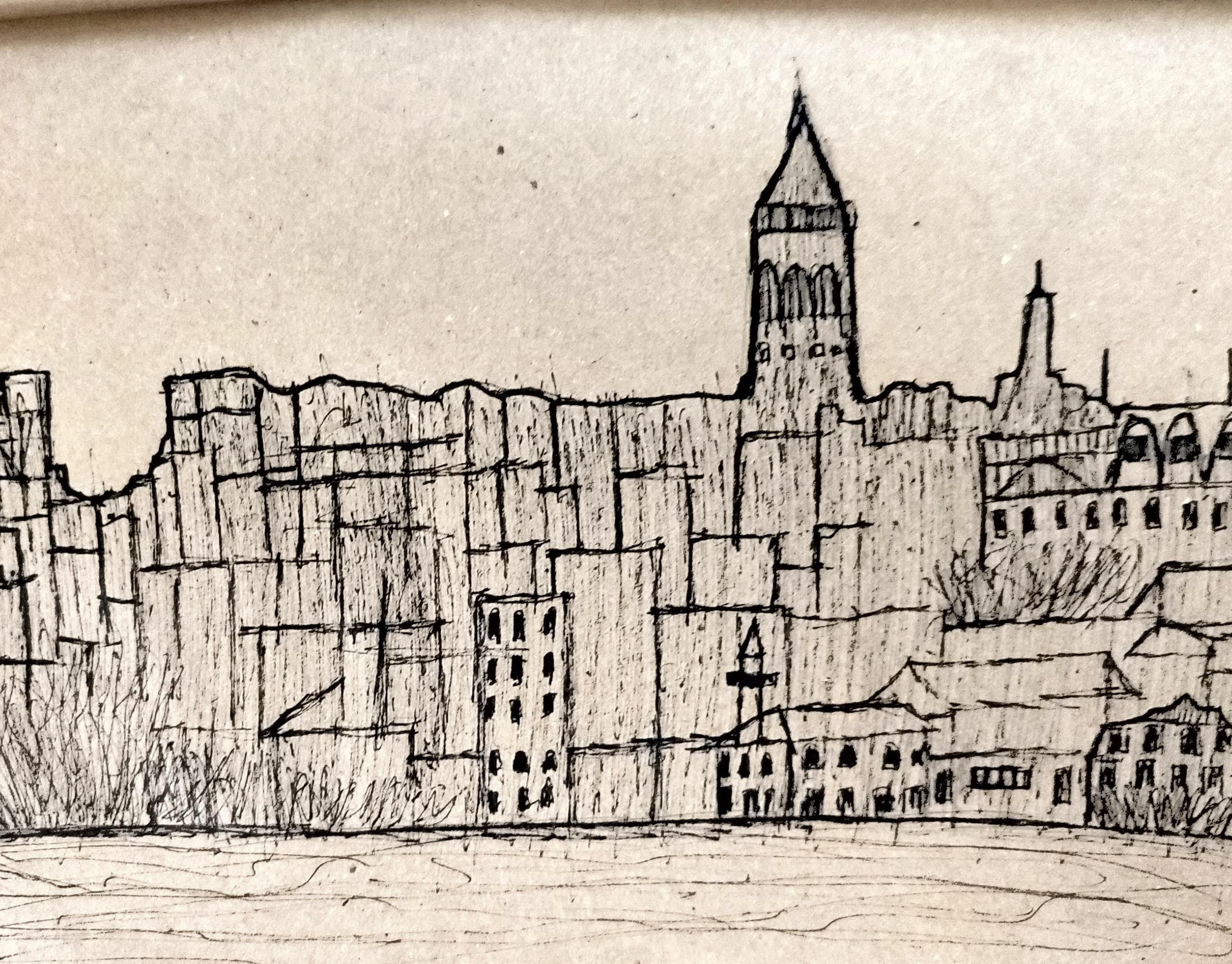
Galata Tower: The iconic silhouette
Galata Tower: The iconic silhouette of Istanbul's sunsets
2025
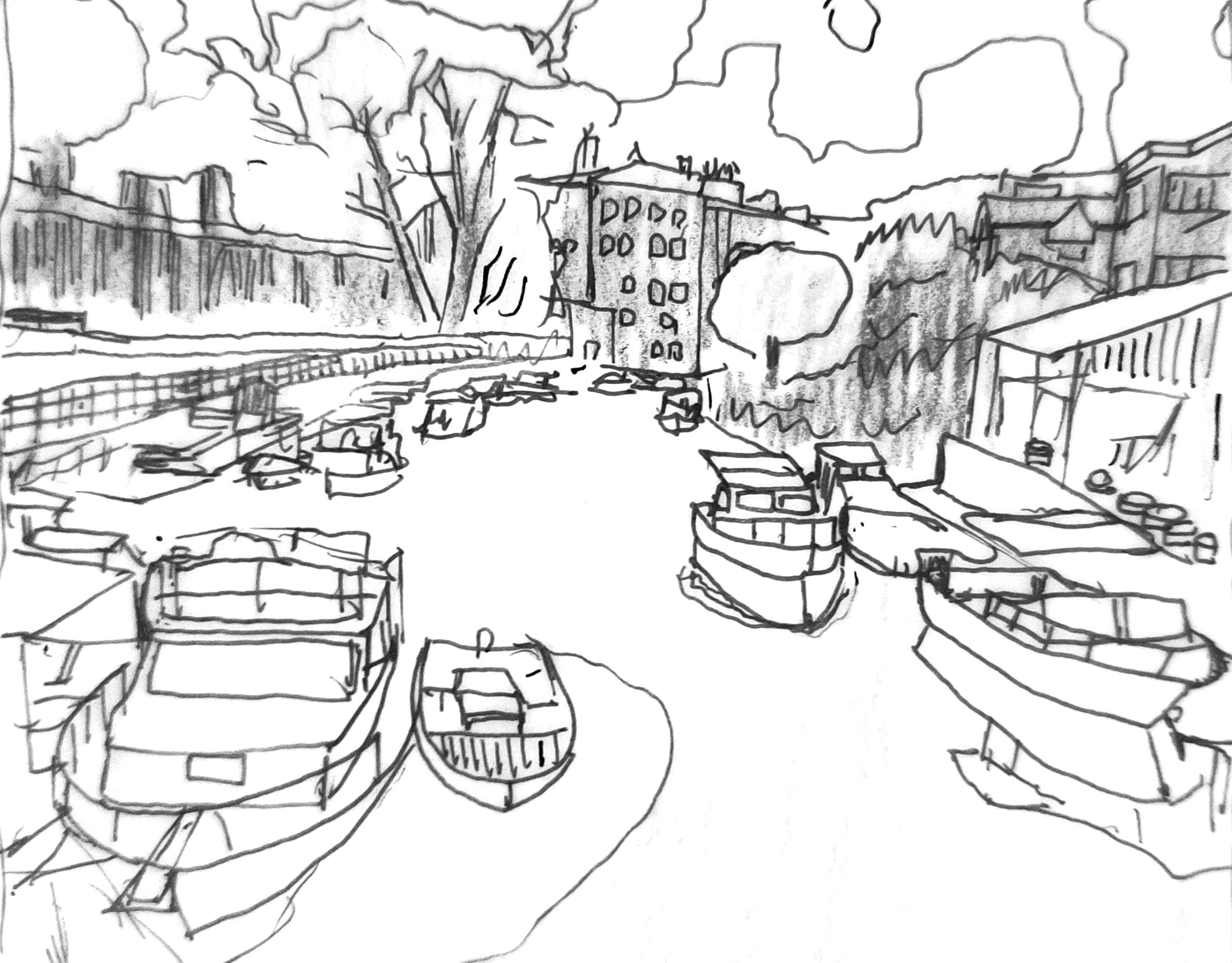
Anadoluhisarı‘s Göksu River (Sweet Waters of Asia)
The only river you can still sail into on the Bosphorus, now lined with waterside cafés, some with considerable charm. You can also hire a boat to take you out for a trip up or down the Bosphorus, or simply to chug across the Bosphorus to Rumelihisarı
2025
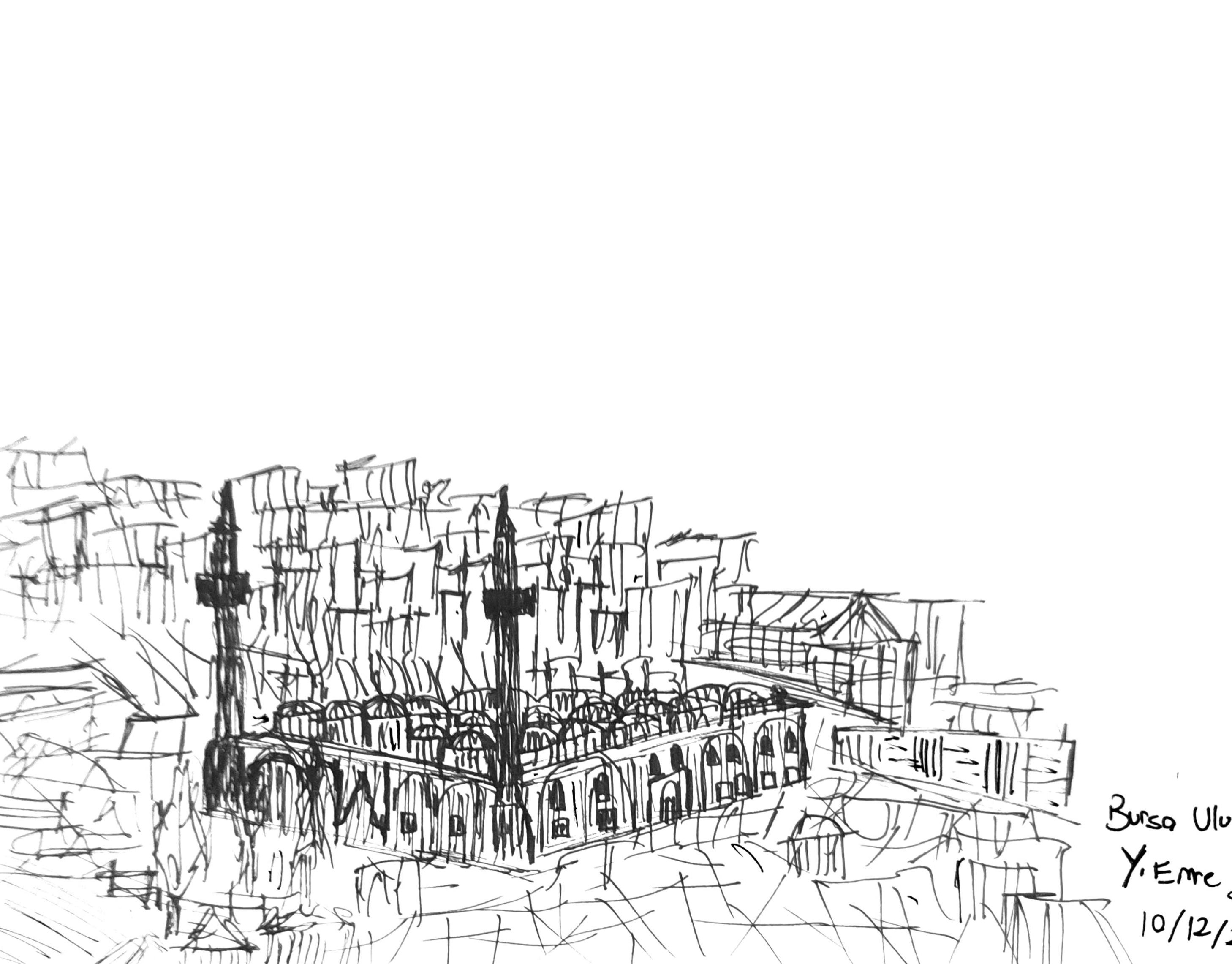
The Grand Mosque
“Ulu Cami” (The Grand Mosque) was built by Yıldırım Bayezid between 1396 and 1399. After the victory at Nicopolis (Niğbolu) in 1396, Yıldırım Bayezid wanted to built 20 masjids in Bursa, but on suggestion of Emir Sultan, his son-in-law and one of the period’s important scolar men, he built only one, the “Ulu Cami”, or Grand Mosque, covering it with 20 domes.
2025

Şehzade Mehmet Mosque Istanbul,Turkey,Europe
Süleyman the Magnificent built this square-shaped mosque between 1543 and 1548 as a memorial to his son Mehmet, who died of smallpox in 1543 at the age of 22. It was the first important mosque to be designed by Mimar Sinan and has a lovely garden setting, two double-balconied minarets and attractive exterior decoration. Inside, the central dome is supported by four semidomes (one on each side of the square).
2025